Arts-Based Therapy: Unlock The Power
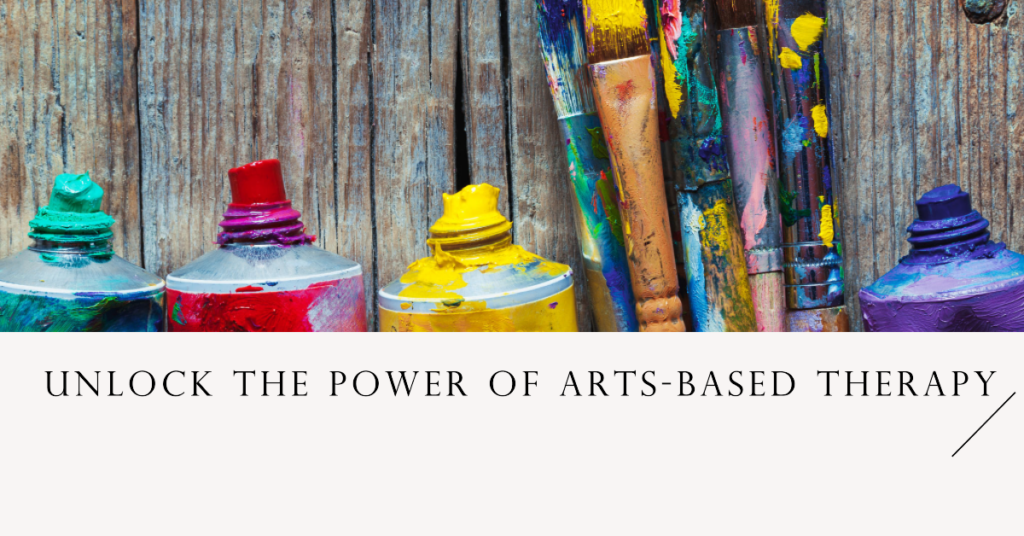
Art therapy, a form of expressive therapy, uses the creative process of making art to improve a person’s physical, mental, and emotional well-being. It’s a powerful tool that can transform lives, especially when used correctly. But what exactly is art therapy, and how does it work? Let’s dive in.
Understanding Arts-Based Therapy
Art therapy is a therapeutic technique rooted in the idea that creative expression can foster healing and mental well-being. It’s used to help people explore emotions, develop self-awareness, cope with stress, boost self-esteem, and work on social skills.
The Role of an Art Therapy Practitioner
An art therapy practitioner plays a crucial role in this process. They guide individuals through the therapeutic process, helping them express and understand their emotions through art.
Clinical vs Non-Clinical Art Therapy
There are two main types of art therapy: clinical and non-clinical. Clinical art therapy is often used in conjunction with traditional psychotherapy techniques, while non-clinical art therapy focuses more on the therapeutic benefits of the creative process itself.
Techniques Used in Arts-Based Therapy
Art therapy involves a wide range of techniques, from drawing and painting to sculpting and collage-making. The choice of technique often depends on the individual’s needs and preferences.
| Technique | Benefits |
|---|---|
| Drawing | Helps to express feelings and emotions that may be difficult to articulate in words. Can also improve fine motor skills. |
| Painting | Allows for a broad range of expression and can be particularly therapeutic for individuals dealing with stress or trauma. |
| Sculpture | Engages the senses and can be particularly beneficial for individuals who prefer a more tactile form of expression. |
| Collage | Can be a less intimidating form of expression for individuals who may be hesitant about their artistic abilities. Also allows for the exploration of themes and narratives. |
| Photography | Allows individuals to capture and explore their perceptions of the world around them. Can be particularly beneficial for teenagers and young adults. |
Art Therapy Activities for Depression
Art therapy can be particularly effective for individuals dealing with depression. Through art therapy activities for depression, individuals can express their feelings and emotions in a safe and supportive environment.
Art Therapy Activities for Anxiety
Similarly, art therapy activities for anxiety can help individuals manage their anxiety levels, providing them with a creative outlet to express and understand their feelings.
The Benefits of Arts-Based Therapy
Art therapy offers numerous benefits, from improving mental health to promoting relaxation and stress relief.
Art Therapy for Sleep
For instance, art therapy can be a powerful tool for improving sleep. The art therapy for sleep guide provides a comprehensive look at how this form of therapy can help individuals achieve better sleep quality.
Art Therapy for Teenagers
Art therapy can also be particularly beneficial for teenagers. Through art therapy for teenagers, young people can express their emotions and navigate the challenges of adolescence in a healthy and constructive way.
Training and Certification in Art Therapy
Becoming an art therapist requires specialized training and certification.
Art Therapy Practitioner Training Course
The Art Therapy Practitioner Training Course is a comprehensive program that provides the necessary skills and knowledge to become a successful art therapy practitioner.
Introduction to Art Therapy
For those new to the field, the Introduction to Art Therapy course is a great starting point, providing a thorough overview of the field and its practices.
Art Therapy Certification and License
Obtaining an Art Therapy Certification and License is a crucial step in becoming a professional art therapist. This certification ensures that practitioners have the necessary training and skills to provide effective and ethical art therapy services.
The Impact of Arts-Based Therapy on Mental Health
Art therapy has a profound impact on mental health. It’s a powerful tool that can help individuals discover the power of art therapy and transform their lives.
Art therapy is also a valuable tool in promoting mental health, helping individuals express their emotions, cope with stress, and improve their overall well-being.
Arts-Based Therapy in Different Settings
Art therapy can be applied in various settings, each with its unique benefits and challenges.
Art Therapy in Schools
Art therapy in schools has been shown to help students improve their self-esteem, social skills, and academic performance. It provides a safe space for students to express their feelings and cope with stress. For more information, you can visit the American Art Therapy Association’s page on Art Therapy in Schools.
Art Therapy in Hospitals
In hospitals, art therapy is often used to help patients cope with the stress and anxiety of their medical conditions. It can also aid in physical rehabilitation by improving motor skills and promoting relaxation. The Cleveland Clinic provides a comprehensive overview of how art therapy is used in a hospital setting.
Art Therapy in Rehabilitation Centers
Rehabilitation centers often employ art therapy as a part of their treatment programs. It can help individuals recovering from substance abuse or physical injuries express their emotions and cope with their experiences. The Substance Abuse and Mental Health Services Administration (SAMHSA) provides resources on the use of art therapy in rehabilitation.
Art Therapy for Children
Art therapy can be particularly beneficial for children. It provides a non-threatening medium through which they can express their feelings and experiences. Children may not always have the words to express what they’re going through, but through art, they can communicate and process their emotions.
Art therapy can help children cope with a range of issues, from trauma and loss to learning disabilities and behavioral problems. The National Institute of Mental Health provides resources on the use of art therapy for children’s mental health.
Art Therapy for the Elderly
Art therapy is also beneficial for the elderly, particularly those dealing with dementia or Alzheimer’s disease. It can help improve cognitive function, reduce feelings of isolation, and enhance overall quality of life.
Art therapy can provide a sense of accomplishment and purpose, stimulate the senses, and provide an opportunity for non-verbal communication. The Alzheimer’s Association provides resources on the use of art therapy in dementia care.
| Age Group | Benefits |
|---|---|
| Children | Art therapy can help children express their emotions, cope with trauma, and improve their behavioral and social skills. |
| Teenagers | Art therapy can help teenagers navigate the challenges of adolescence, manage stress, and improve self-esteem. |
| Adults | Art therapy can help adults manage mental health issues, cope with stress, and improve their overall well-being. |
| Elderly | Art therapy can help the elderly improve cognitive function, reduce feelings of isolation, and enhance overall quality of life. |
The Future of Arts-Based Therapy
Art therapy is a growing field, with exciting developments on the horizon.
Technological Advances in Art Therapy
With the advent of digital technology, art therapy is evolving. Digital art therapy allows for new modes of expression and interaction, making therapy more accessible to a wider range of individuals. The British Association of Art Therapists provides resources on the latest developments in digital art therapy.
The Growing Recognition of Art Therapy
Art therapy is gaining recognition as a valuable therapeutic approach. More and more, it’s being incorporated into mainstream healthcare and education, reflecting a growing understanding of the power of art to heal and transform lives. The American Psychological Association provides resources on the recognition and integration of art therapy in various fields.
Conclusion
Art therapy is a powerful tool that can transform lives. Whether it’s used to manage depression, anxiety, or improve sleep, art therapy offers a unique and creative approach to promoting mental health and well-being. With the right training and certification, you can become a part of this transformative field and make a real difference in people’s lives.
FAQs
- What is art therapy? Art therapy is a form of expressive therapy that uses the creative process of making art to improve a person’s physical, mental, and emotional well-being.
- What does an art therapy practitioner do? An art therapy practitioner guides individuals through the therapeutic process, helping them express and understand their emotions through art.
- What’s the difference between clinical and non-clinical art therapy? Clinical art therapy is often used in conjunction with traditional psychotherapy techniques, while non-clinical art therapy focuses more on the therapeutic benefits of the creative process itself.
- How can art therapy benefit me? Art therapy can help you express emotions, develop self-awareness, cope with stress, boost self-esteem, and work on social skills. It can also help manage conditions like depression and anxiety.
- How can I become an art therapist? Becoming an art therapist requires specialized training and certification. You can start with an Introduction to Art Therapy course and then proceed to an Art Therapy Practitioner Training Course. Obtaining an Art Therapy Certification and License is also crucial.

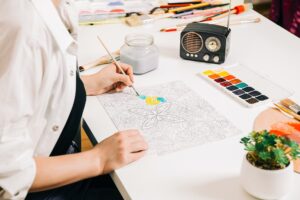



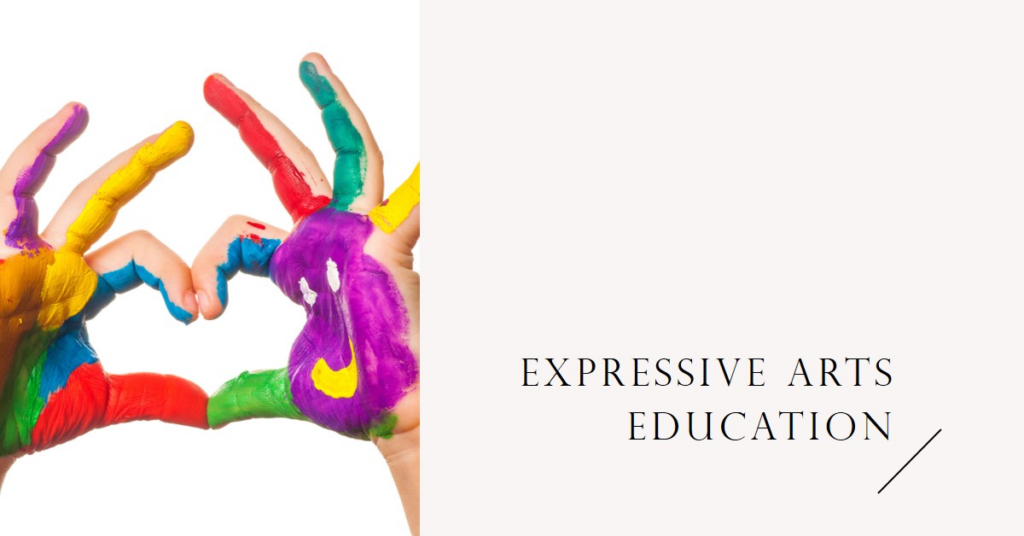
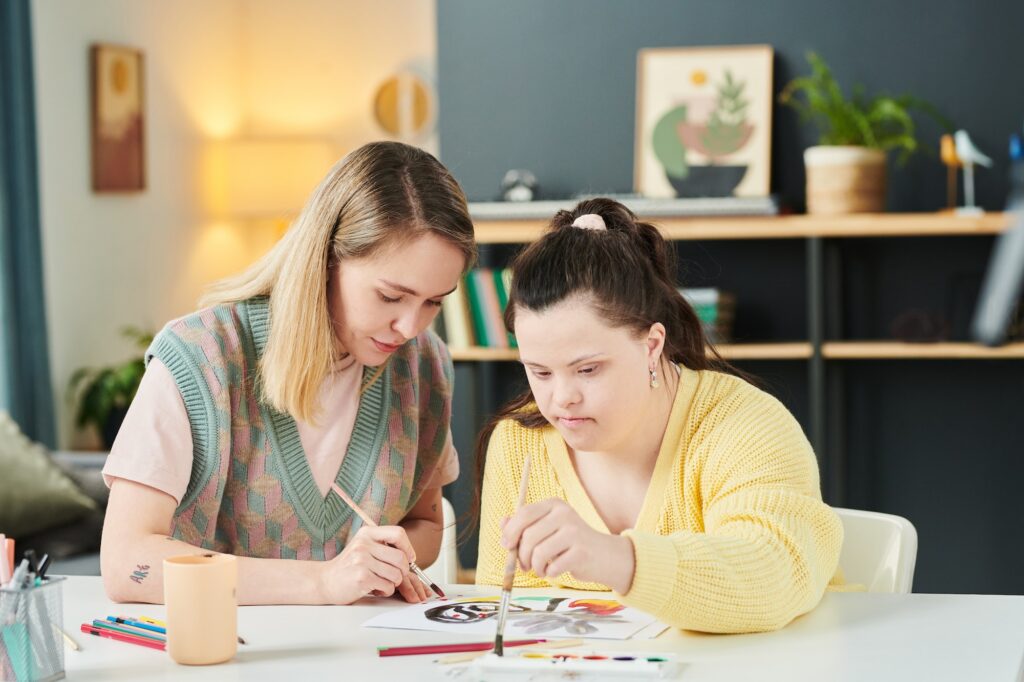

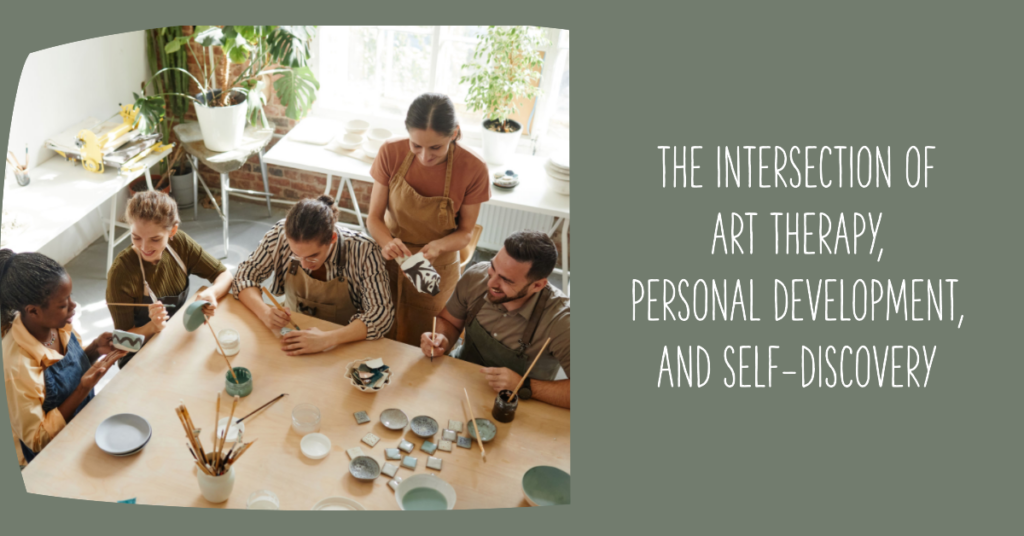



Responses